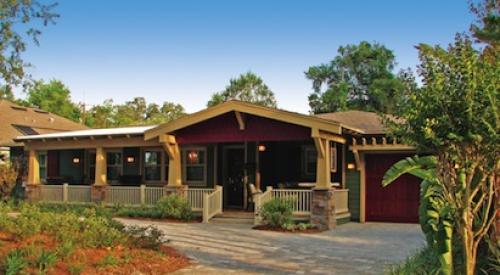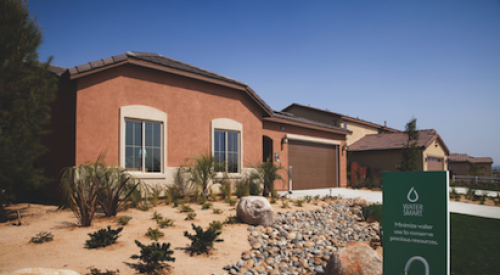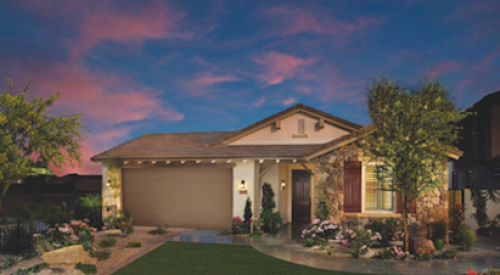It may not be cost-effective for smaller builders to hire a team of color consultants, and custom builders, by definition, work with their buyers to achieve individual color schemes. However, there are still some tools and guidelines these builders can use to efficiently and effectively produce vivid and lasting color schemes.
| Alcoa’s ColorScapes CD-ROM lets builders and buyers collaborate on color schemes. |
Some manufacturers provide web sites, design kits or CD-ROMs that guide builders and allow them to help the homeowner plan and view their home’s new look. Some of these kits, such as Alcoa’s ColorScapes interactive CD-ROM, use professional color analysts to plan their offerings and provide advice to users.
Although Miriam Tate makes her living by charging for her expertise, she was kind enough to provide here a few general rules of thumb and advice that all builders can follow.
- Know as much as you can about the psychology of your buyers, i.e. if there is a notoriously unattractive building near your development made of yellow brick, then don’t use yellow brick on your homes.
- Make your entire sales staff an active part of the entire color planning process so they can effectively communicate the overall scheme and its intentions to the public.
- Study the architecture of the entire neighborhood and code color schemes according to the design.
- Vary the setbacks of your lots and use lighter colors on the corner lots to open up the neighborhood, lessening the perception of density.
- Vary the height and placement of masonry applications to vary the artificial horizon of a home.
- Use color blocking wisely. Dark-colored gables bring down the plateline of homes with a lot of verticality, while light colors raise the plateline of homes with hip roofs. Also, color-blocking one home but not another is a perfectly viable way to achieve a varied streetscape.
- Vary the little things, such as light fixtures and window colors. "Coloring just the doors and shutters of houses over-animates and overwhelms the architecture. It looks like Morse code dots and dashes going down the street," says Tate.
- Builders who are able to should build enough spec homes to accurately represent all the color schemes they offer.
Tate emphasizes that the entire composite of the neighborhood or development should be as breathtaking as the individual home. She sees recent color trends and the attention being paid to them by builders and homebuyers as ushering in "a new era of the care and feeding of home exteriors."
Also See:
Color Me











